How to Set Up a Nursing Simulation Lab
Setting up a simulation lab is a transformative step in enhancing nursing education, offering students hands-on, practical experience in a controlled, realistic environment. While the benefits of such a lab are vast, the process of establishing one is not without its challenges. On this page, we’ll examine the advantages of these learning environments, the essential components of a nursing simulation lab, and the barriers one might experience while developing their program.
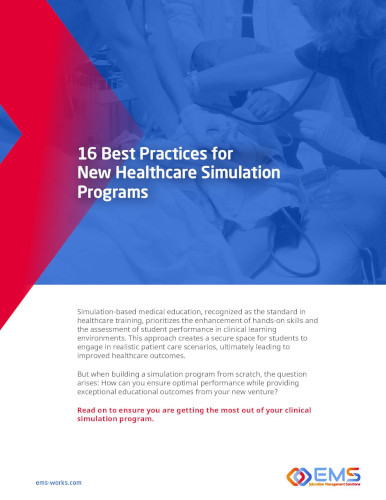

Essential Components of a Nursing Simulation Lab
A nursing simulation lab can be as complex or simple as your needs and budget allows. For programs that are just getting started, a room for nurses to be observed in simulated scenarios may be all that is needed. But here are some key components for those seeking to increase the fidelity of their nursing simulations:
Deciding on High Fidelity vs. Low Fidelity
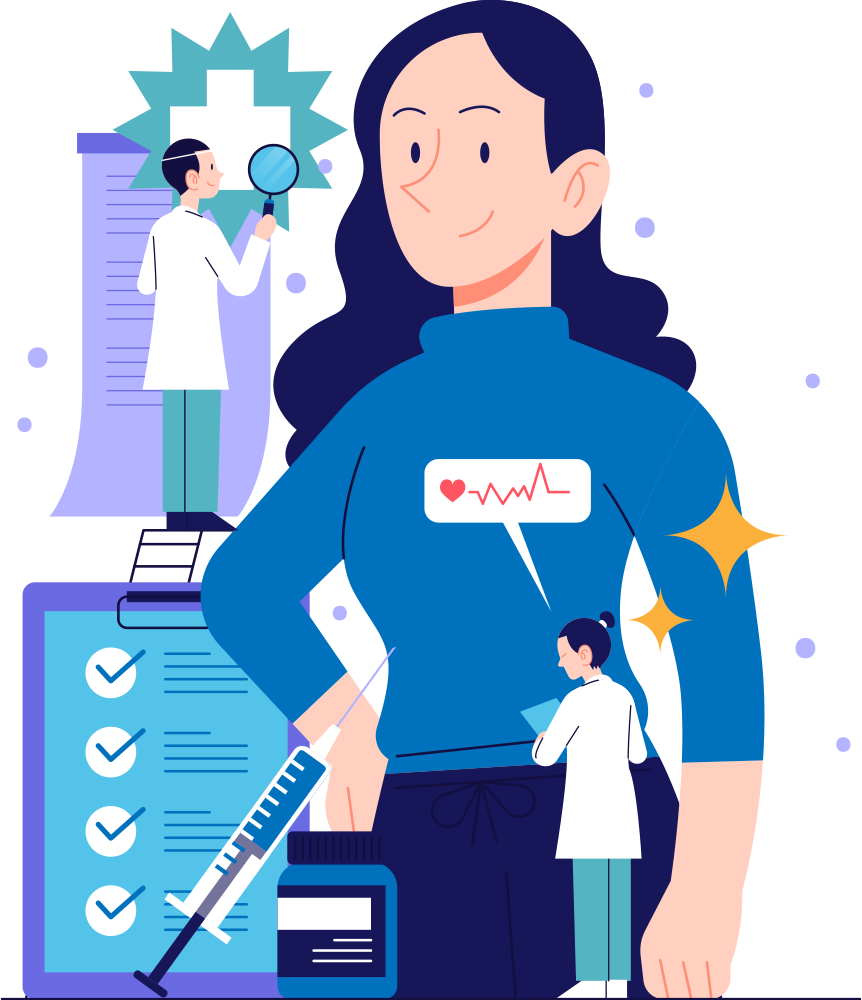 When building a new nursing simulation program, the choice between high fidelity and low fidelity simulation solutions is a common first step and should be guided by educational objectives, available budget, and intended learning outcomes.
High fidelity simulators, offering realistic clinical scenarios and physiological responses, are ideal for advanced clinical skills training and critical thinking exercises but come with higher purchase and maintenance costs.
In contrast, low fidelity solutions, such as task trainers and role-playing, provide essential hands-on experience and are significantly less costly, making them accessible for fundamental skill development and larger groups of students.
Equally important is considering the blend of both approaches to maximize learning outcomes within budget constraints, acknowledging that the effective integration of varied fidelity levels can offer a comprehensive and cost-effective simulation experience.
When building a new nursing simulation program, the choice between high fidelity and low fidelity simulation solutions is a common first step and should be guided by educational objectives, available budget, and intended learning outcomes.
High fidelity simulators, offering realistic clinical scenarios and physiological responses, are ideal for advanced clinical skills training and critical thinking exercises but come with higher purchase and maintenance costs.
In contrast, low fidelity solutions, such as task trainers and role-playing, provide essential hands-on experience and are significantly less costly, making them accessible for fundamental skill development and larger groups of students.
Equally important is considering the blend of both approaches to maximize learning outcomes within budget constraints, acknowledging that the effective integration of varied fidelity levels can offer a comprehensive and cost-effective simulation experience. Manikins
High-fidelity manikins provide a hands-on learning experience allowing nursing students to apply theoretical knowledge. Everything from basic care skills to complex procedures can be practiced, including administering medications, inserting IVs, wound care, and CPR. Additionally, many advanced manikins are equipped with sensors and software that provide instant feedback on the student’s performance.
Recording and Debriefing Technology
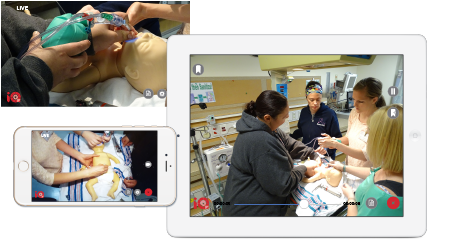 AV systems for recording scenarios and facilitating post-simulation reviews provides nursing educators an essential tool for evaluation, reflection, and learning. Benefits of integrating high quality recording and debriefing technology in nursing simulation include: enhanced learning through reflection, objective performance assessment, immediate and delayed feedback opportunities, and the facilitation of peer learning.
AV systems for recording scenarios and facilitating post-simulation reviews provides nursing educators an essential tool for evaluation, reflection, and learning. Benefits of integrating high quality recording and debriefing technology in nursing simulation include: enhanced learning through reflection, objective performance assessment, immediate and delayed feedback opportunities, and the facilitation of peer learning. Realistic Medical Equipment
Equip your lab with the same devices found in hospitals to provide authenticity. Exposure to the actual equipment used in healthcare settings builds familiarity and comfort, reducing the learning curve when transitioning to real clinical environments. Students become adept at handling and operating equipment as part of their routine practice.
Qualified Staff
Staff your lab with experienced educators and technologists to develop and manage simulation scenarios. Qualified staff bring a deep understanding of the principles and methodologies of simulation-based education, which is necessary for creating realistic and effective simulation scenarios that meet learning objectives and prepare students for real-world nursing challenges.
Structured Scenarios
Evidence-based simulation experiences that encompass a breadth of clinical situations area the backbone of nursing simulation. These scenarios provide a framework within which students can develop, practice, and refine their clinical skills in a safe, controlled environment and achieve specific learning objectives.
Competency Tracking
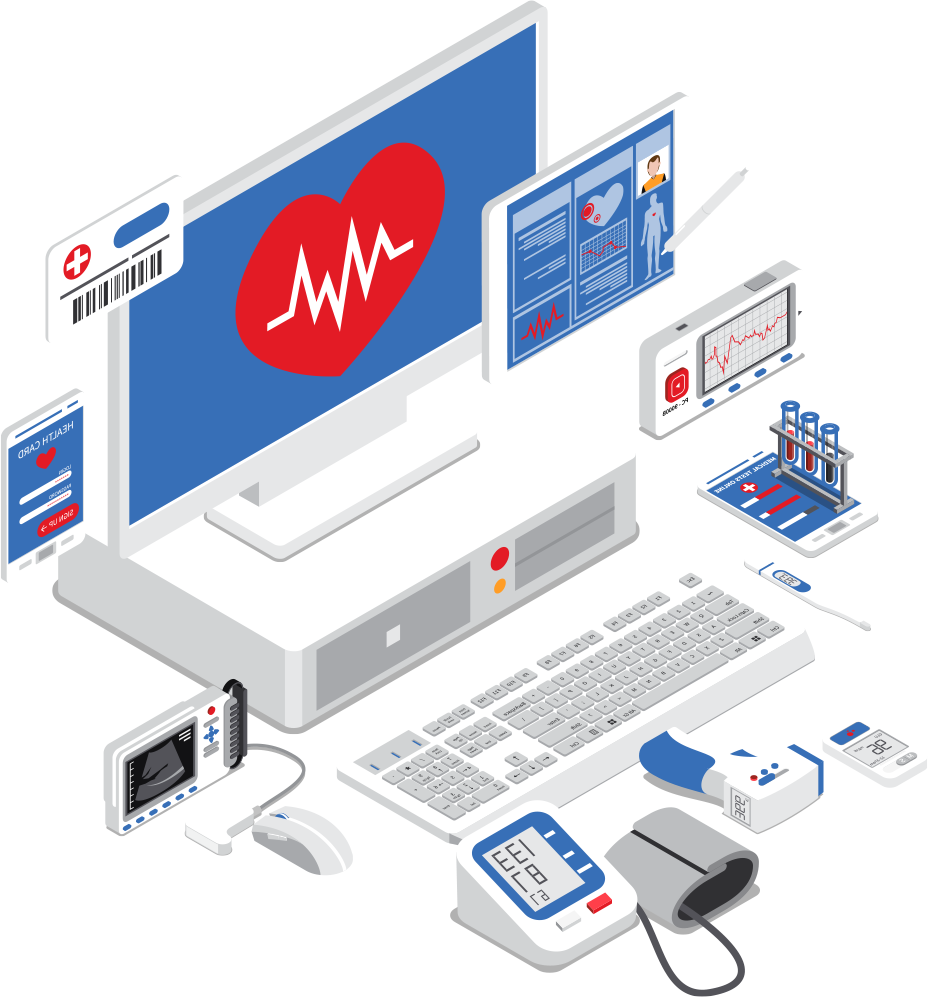 This systematic approach of competency tracking allows educators to monitor, evaluate, and document the progress of each student’s skill development and knowledge acquisition throughout their training. By identifying areas of strength and those requiring improvement, competency tracking facilitates personalized feedback and targeted instruction, enhancing the overall quality of nursing education.
Moreover, in response to the growing demand for accountability in healthcare education and the need for evidence-based teaching methods, competency tracking provides a transparent and objective measure of program effectiveness and student readiness.
This systematic approach of competency tracking allows educators to monitor, evaluate, and document the progress of each student’s skill development and knowledge acquisition throughout their training. By identifying areas of strength and those requiring improvement, competency tracking facilitates personalized feedback and targeted instruction, enhancing the overall quality of nursing education.
Moreover, in response to the growing demand for accountability in healthcare education and the need for evidence-based teaching methods, competency tracking provides a transparent and objective measure of program effectiveness and student readiness. 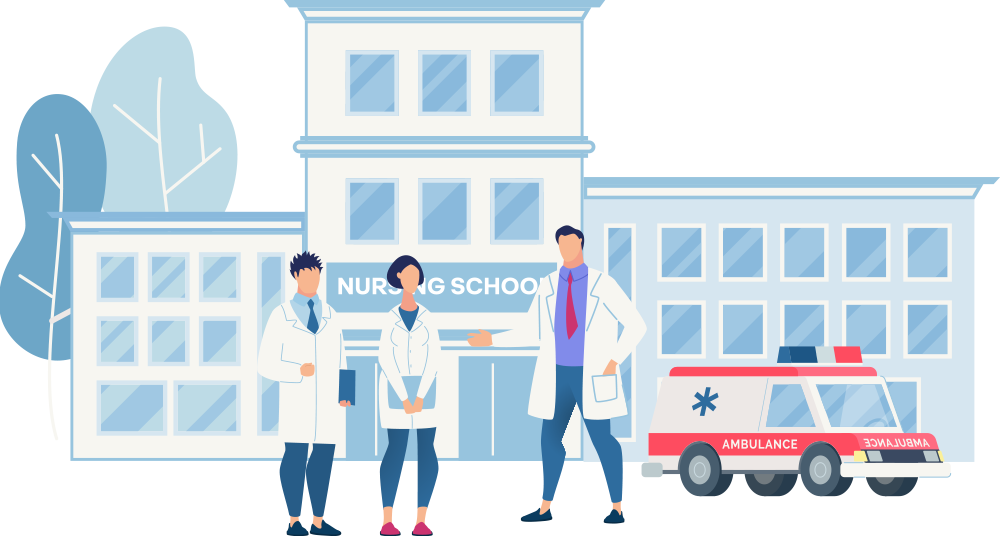
Advantages of Running a Nursing Simulation Lab
Nursing simulation labs offer a range of significant benefits, contributing substantially to the education and preparation of nursing students for the complexities of patient care in real-world settings.
Realistic Yet Safe Environmental Learning
Firstly, simulation labs serve as critical components of nursing education by allowing students to become confident in dealing with high-pressure situations. The controlled, yet realistic environments of simulation labs enable students to face challenging scenarios, equipping them with the ability to work effectively under stress—a crucial skill in fast-paced healthcare settings.
Providing an Opportunity to Make Mistakes
Additionally, nursing simulation labs provide students with the opportunity to learn from their mistakes in a safe and supportive environment. This aspect of simulation-based learning is invaluable as it fosters a positive learning atmosphere where students are encouraged to engage in trial and error without the fear of causing harm to actual patients. This environment nurtures their development into competent practitioners who are well-prepared to minimize errors in their professional practice.
Practical Hands-on Learning
Another key advantage of nursing simulation labs is the immersive and direct learning experience they offer. Designed to mimic various healthcare settings, from emergency rooms to labor and delivery suites, simulation labs enable students to apply theoretical knowledge in practical scenarios, fostering a deeper understanding of patient care processes. This hands-on approach significantly enhances learning outcomes by bridging the gap between theory and practice, preparing students for seamless integration into clinical roles.
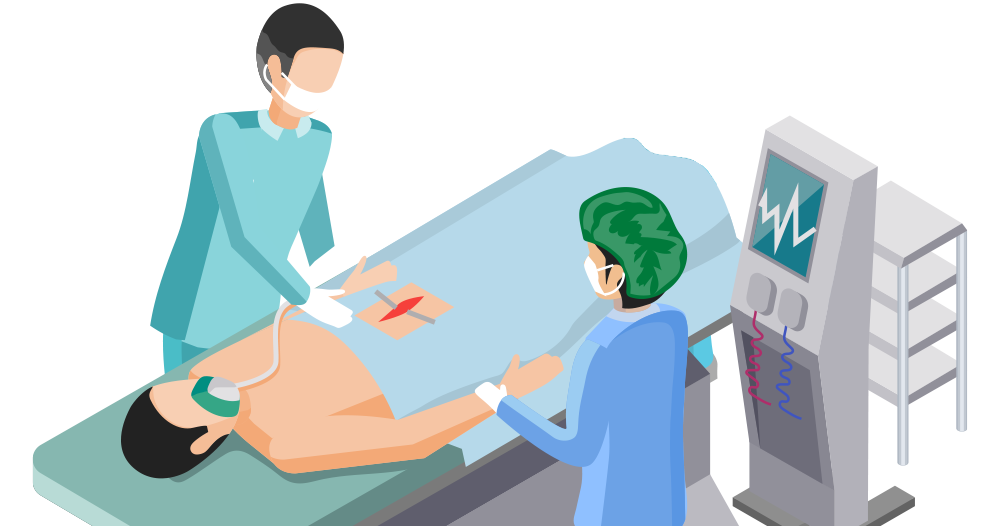
EMS Solutions for Nursing Simulation
For more than 30 years, Education Management Solutions (EMS) has been supporting nursing education through innovation in the healthcare education industry. This experience allows EMS to take a holistic solutions-based approach that focuses on our partners’ needs to increase the efficacy and efficiency of nurse training.
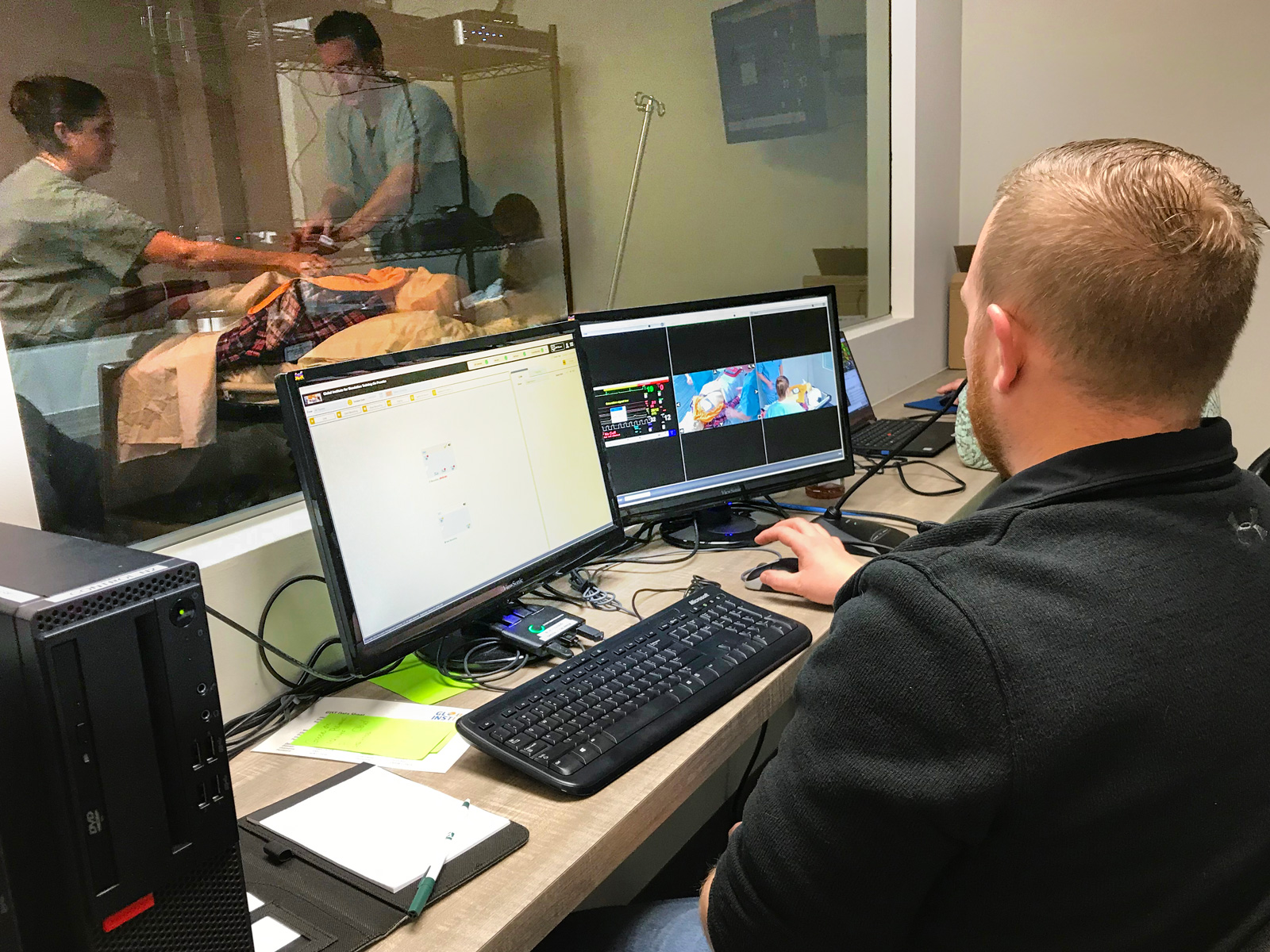
Simulation Solutions
EMS’s SIMULATIONiQ™ provides nursing simulation educators significant ROI through a seamless blend of scheduling, recording management, and performance assessment, all within a singular, user-friendly environment. Moreover, SIMULATIONiQ™’s state-of-the-art analytics empower nursing educators with actionable insights, driving informed decisions that optimize learning outcomes and resource allocation.
- Definition (HD) audio-video capture
- Immediate video playback and bookmarking
- Full simulation automation control
Competency Solutions
By providing powerful tools for student progression tracking across an entire curriculum, EMS Comptency solutions allow for a more effective and exacting evaluation of nursing student performance towards meeting essential competencies and skills development.
- Learner performance analysis
- Curriculum mapping and outcomes alignment
- Accreditation reporting and compliance features
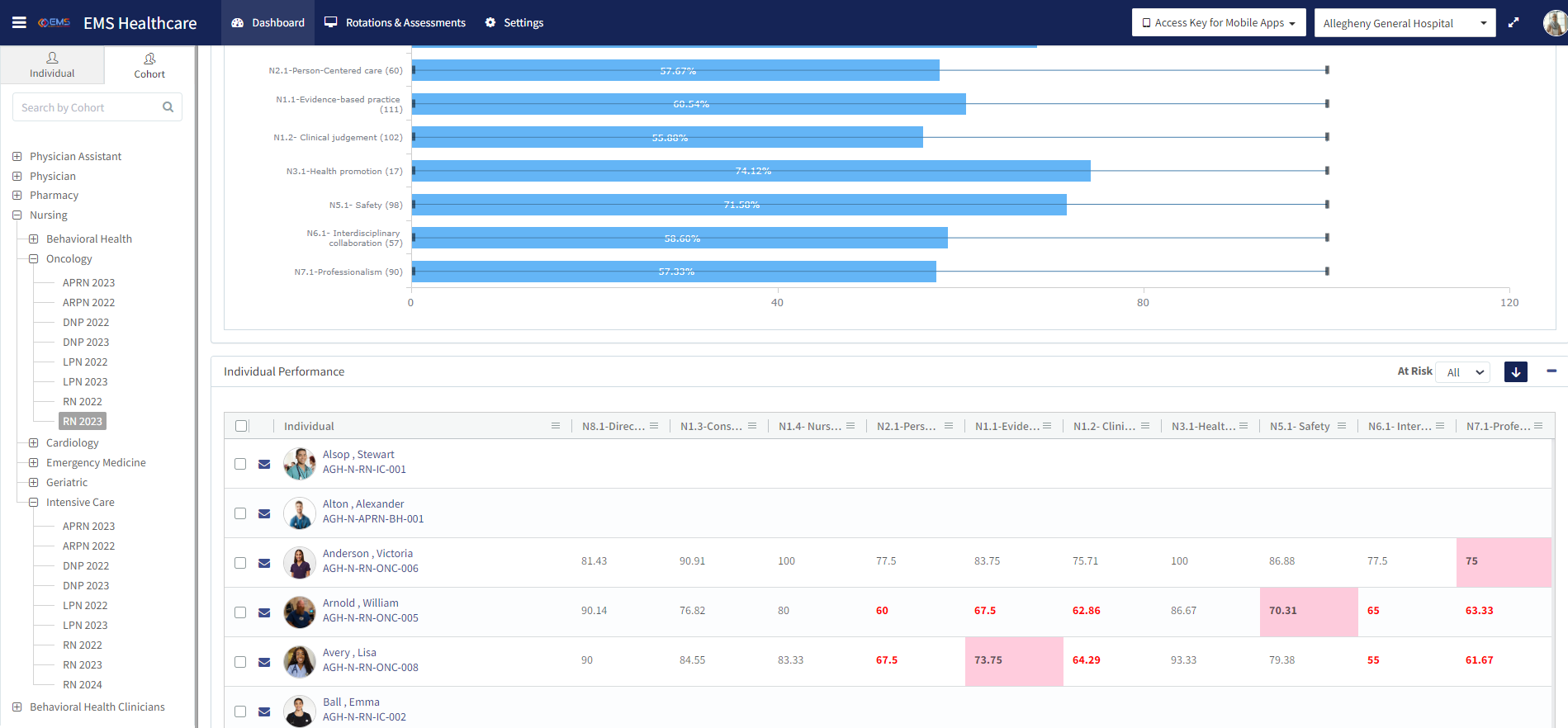
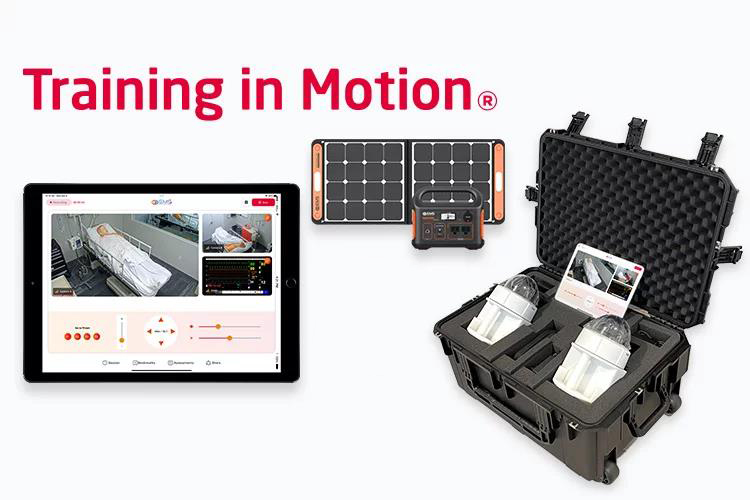
Training in Motion Solutions
EMS mobile solutions give nursing educators the ability to facilitate more flexible, accessible, and comprehensive educational experiences by bringing simulation into any environment it’s needed.
- Portable high-definition pan-tilt-zoom cameras
- Lightning-fast setup
- 300 Hours of video storage
Schedule a Discussion
Take charge of your programs and maximize efficiency
with seamless end-to-end simulation management.
Click the Button to Get Started
